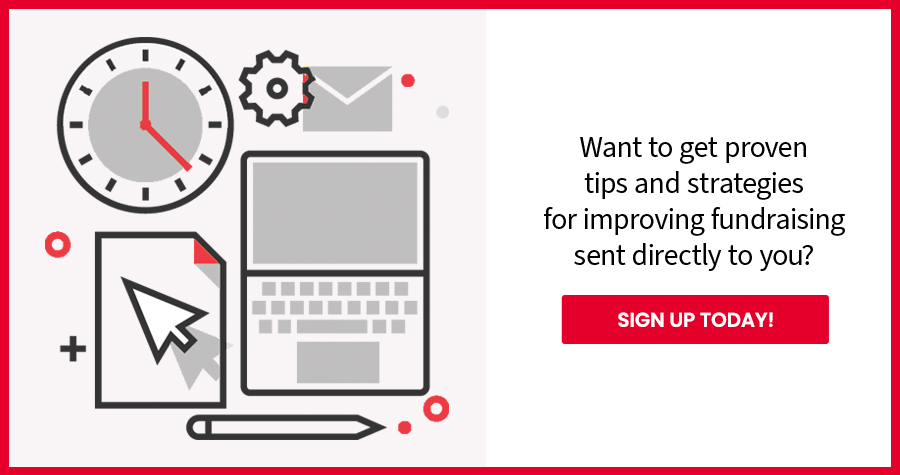In my last blog, I urged you to not give in to pressure to use email as the channel for your thank-you letter and official donor receipt. If you remember I cited a statistic that’s pretty compelling . . . “most organizations receive as much as 30% of their direct response income from bounce-back or receipt income.” Notice I qualified my statement by using the phrase, “direct response.” Anything related to direct mail appeals; newsletters that raise money, annual reports that are designed for response, radio and television programming with solid “offer construction” (this means a well-crafted ask).
There are reasons why snail mail is superior to online in generating additional operating income for your nonprofit. First of all, when a printed thank-you letter and receipt arrive in a donor’s home, if it is properly identified on the outside envelope by the important phrase “Receipt Enclosed,” no donor can resist keeping it for tax purposes. Often, a donor won’t even open the package, but rather place it in the place where they stack their bills, right between the gas bill and the electricity bill. When it comes time for donors to pay their bills, they will give your printed receipt a first or second look and then make an important decision, “Should I just file this? Or give another gift?”
We’ve found, here at Douglas Shaw & Associates, that more than one in five donors decide, at that critical moment, to give another gift! Think about it–that’s at least a 20% response rate!
But, there are other important reasons for using a printed thank-you letter and receipt. You can segment your receipts so donors who have given larger gifts can be pulled from your normal receipting program and given to the president for a hand signature and a personal note of appreciation. This goes a long way toward continuing to build donor relationships and encourages another immediate gift. It helps larger donors to know the president actually knows they’ve given a nice gift and s/he took the time to jot a meaningful note to the donor. It makes them feel special.
You’ll need to decide what a “larger gift” is for your organization. There is no specific amount that’s an industry standard. I know that in smaller organizations every single donor gets a hand-signed thank-you letter. Larger organizations have entire strategies designed for this process, e.g. if a gift is $5,000+ the president will write the note, $1,000-$4,999 donors may well receive a note from their assigned major donor contact person.
Another way to communicate personal caring during this process, is to write and attach a separate note or “lift letter” as they call it in direct response circles. It’s called a lift letter because it often lifts response percentages and amounts.
Here are a few other factors that increase receipt or bounce-back giving:
- Quick gift acknowledgement. Experienced development officers know that a 24-48 hour turnaround on receipts is critical to receiving a quick next gift.
- First-class postage is a must, especially since it is estimated, by bulk mail watch-dog organizations, that up to one third of all nonprofit bulk mail is never even delivered!
- Package design plays a huge role in the effectiveness of a thank-you letter/receipt. Many organizations use an 8 ½” X 14” sheet of paper for their letter and receipt. The top half of the form has a letter related to the specific nature of the donor’s last gift. The bottom part of the form is perforated in two places, 3 ½ inches apart. Immediately following the top portion (the thank you letter) should come the receipt portion. The bottom panel should be the bounce-back piece so it can be easily torn off and placed in the reply envelope that is part of the package. I recommend labeling the middle panel “Your Receipt” and the bottom panel, “For Your Next Gift.” This eliminates confusion and suggests the next gift.
The last thing I’d like to mention here, is the fact that you can, when circumstances warrant it, place a “receipt stuffer” into the package. This might be a planned giving “buck slip” so called because of its size, or a late-breaking piece of news that is important for the donor to know e.g. “Since preparing your receipt we’ve just gotten word that our transmission tower in Monaco was damaged during the recent storm there. The cost for repairs is $200,000. Anything you can do to help restore our broadcasts that reach most of North Africa and the Middle East will be most appreciated.”
It’s my hope that you now better understand why we recommend snail mail receipts vs. email receipts. Yes, it certainly takes more time and costs more, but the income generated from this approach far outweighs any savings you might realize from taking a digital approach. Happy fundraising!


